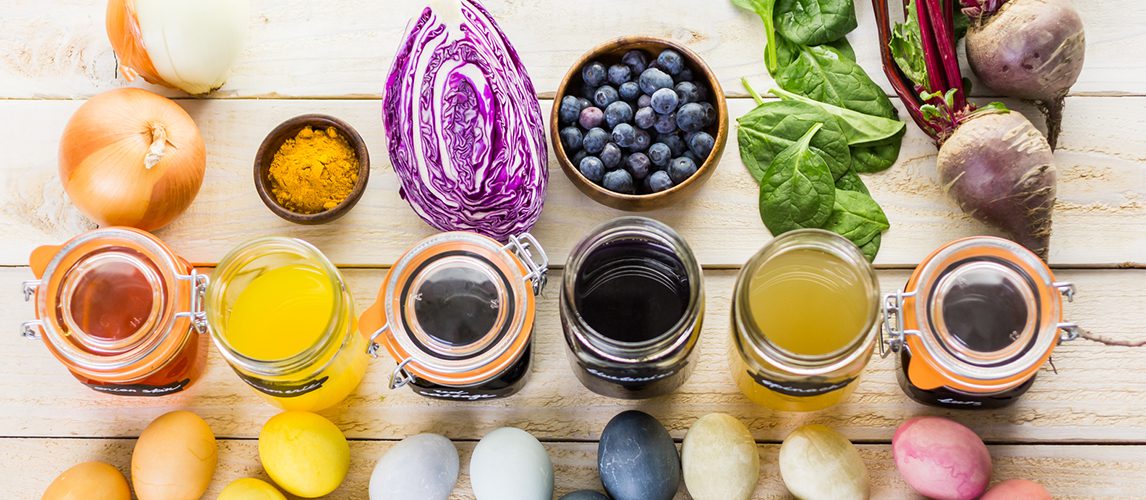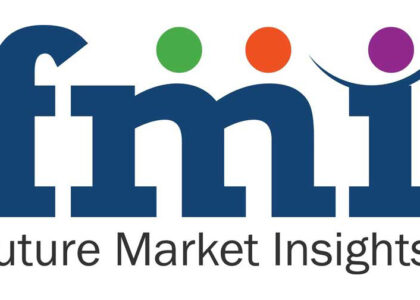The synthetic food color market is projected to reach USD 678 million in 2024 and is anticipated to grow at a CAGR of 5.4% over the next decade. By 2034, the market is expected to generate revenue of USD 1,145 million. Synthetic food colors, also known as artificial food colors, are gaining popularity, largely driven by the increasing influence of social media.
Social media has already made a significant impact on the food industry, altering how consumers discover and purchase new food products. This trend is now extending to the food color sector, where social media is creating a ripple effect, driving demand and shaping market dynamics.
Social media algorithms favor visually appealing food content that garners high engagement, prompting users to enhance their dishes with artificial colors to make them more vibrant and attractive.
Consumers are increasingly seeking Instagram-worthy culinary experiences, which fuels the demand for bold and experimental food colors. Food influencers, bloggers, and online food communities are placing greater emphasis on the aesthetics of food, equating presentation with taste. This shift has led to a surge in demand for certified artificial food colors.
In response, culinary professionals and food manufacturers are exploring innovative coloring options. They are creating products with unique color combinations, vibrant hues, and striking designs to captivate customers. This approach not only aims to boost customer attraction and revenue but also to deliver memorable and visually stunning culinary experiences.
Competitive Landscape
Leading manufacturers of artificial food colors are encountering intense competition from natural food color producers, who are experiencing comparable growth due to ongoing innovations. As a result, consumers are increasingly moving away from artificial food colors in favor of natural alternatives.
Despite this shift, the artificial food color industry remains dynamic, driven by continuous product innovation. Manufacturers are introducing new and striking color options that are challenging to achieve with natural ingredients alone. These innovative shades include vibrant greens, blues, and unique color blends, designed to offer distinctive and visually appealing effects.
Key industry players are developing product portfolios that adhere to stringent regulatory and safety standards, aiming to strengthen consumer trust in synthetic food colors. They are also aligning their offerings with evolving consumer preferences to stay on-trend.
Some companies are enhancing artificial colors by incorporating added minerals, vitamins, or antioxidants. This approach aims to position their products as healthier alternatives to traditional synthetic colors while maintaining their vibrancy and stability.
Additionally, industry leaders are prioritizing sustainable production methods to minimize environmental impact, thereby appealing to an eco-conscious consumer base.
Developments Impacting Growth of Synthetic Food Color Market
- In January 2024, Ginkgo Bioworks and Phytolon successfully achieved their first milestone in developing vibrant natural food colorants through two producing strains.
- In January 2024, Phytolon planned its debut in the United States, with its cost-competitive natural food colors through precision fermentation.
Key Players in the Synthetic Food Color Market
- Archer Daniels Midland Company
- DSM
- Vinayak Ingredients India Pvt Ltd.
- Nature S.A.
- ROHA (A JJT Group Company)
- San-Ei Gen F.F.I., Inc.
- Sensient Colors LLC.
- Symrise AG
- Chr. Hansen Holding A/S
- Denim Colourchem (P) Limited
- Allied Biotech Corporation
- DIC Corporation (BASF SE)
- BioconColors
- DDW, The Color House
- Döhler Group
- GNT International B.V.
- Kalsec Inc.
- Others
Get Strategic Guidance from Our Analyst Contact us on: +1-347-918-3531
Market Segmentation of Synthetic Food Color Sector
By Form:
Based on form, the industry is divided into liquid, powder, and gel.
By Type:
Different types of synthetic food colors are pigment and dyes.
By Color:
Various colors in which synthetic food colors are available include yellow, blue, red, green, and others.
By Applications:
Varied applications of synthetic food colors are beverages; bakery, snacks, and cereals; candy/ confectionery; dairy; fruit preparations/ fillings; meat, poultry, fish, and eggs; potatoes, pasta, and rice; sauces, soups, and dressings; seasonings; and pet food.
By Region:
Industry growth is examined in key countries of North America, Europe, Asia Pacific, the Middle East and Africa, and Latin America.
About Future Market Insights (FMI)
Future Market Insights, Inc. (ESOMAR certified, recipient of the Stevie Award, and a member of the Greater New York Chamber of Commerce) offers profound insights into the driving factors that are boosting demand in the market. FMI stands as the leading global provider of market intelligence, advisory services, consulting, and events for the Packaging, Food and Beverage, Consumer Technology, Healthcare, Industrial, and Chemicals markets. With a vast team of over 400 analysts worldwide, FMI provides global, regional, and local expertise on diverse domains and industry trends across more than 110 countries.
Contact Us:
Future Market Insights Inc.
Christiana Corporate, 200 Continental Drive,
Suite 401, Newark, Delaware – 19713, USA
T: +1-845-579-5705
For Sales Enquiries: sales@futuremarketinsights.com
Website: https://www.futuremarketinsights.com
LinkedIn| Twitter| Blogs | YouTube


